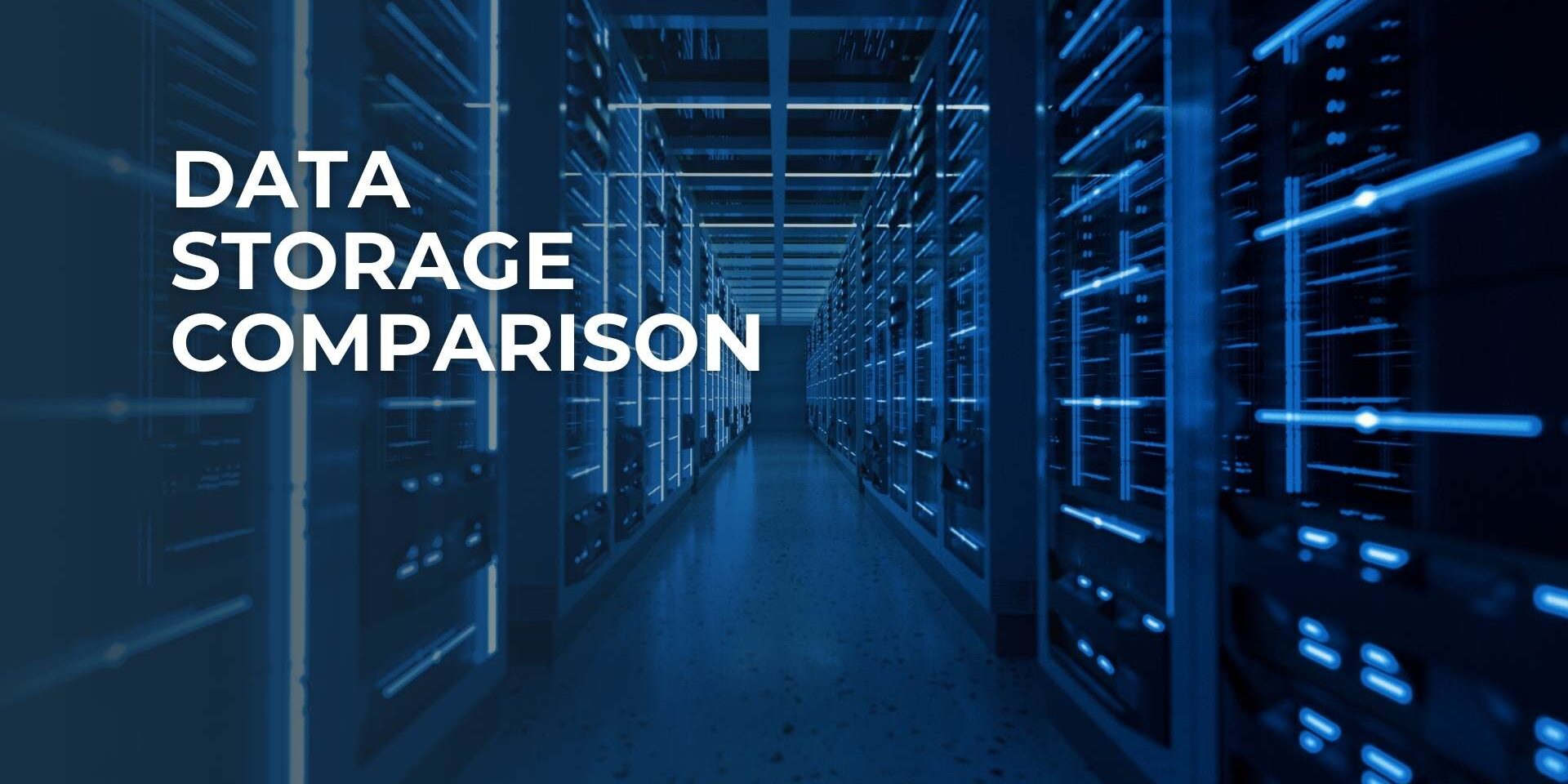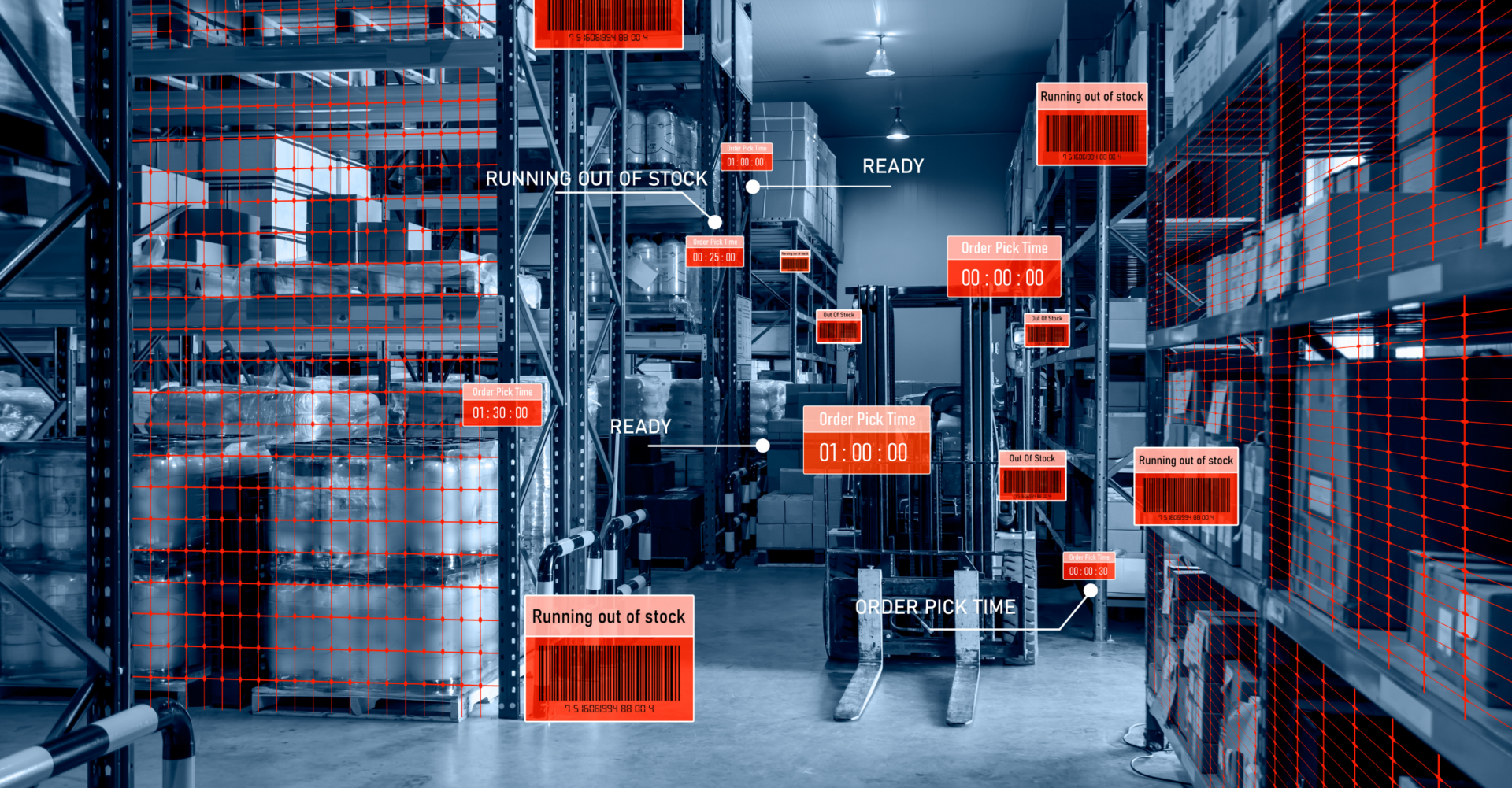
Data Storage Comparison
Data storage is a vital element of your IT infrastructure. How you access and share your stored data can either boost productivity or cause roadblocks. There’s no question that your data is your most valuable asset. It’s also something that grows constantly. By 2025, it’s estimated that 463 exabytes of data will be created every day globally!
When looking at your current operations, as well as the future, your data storage solution must meet your needs. You may be considering either NAS or SAN as options. In this post, we’ll provide a comparison of NAS vs SAN so you can make the best choice for your organization. This decision may include using them together as most companies deploy both storage channels, just as many use a hybrid cloud.
What is NAS?
Network-attached storage (NAS) is a network-based storage solution, just as a SAN is. The difference is that NAS uses a standard Ethernet connection to connect to the network. NAS accesses data as files and appears as a file server. NAS is typically associated with unstructured data, including video and images.
What is a SAN?
A storage area network (SAN) establishes a dedicated, high-speed network that provides access to block-level storage. A SAN consists of interconnected hosts, storage devices, and switches. Connections can be made in different ways. Most commonly it uses a Fibre Channel. SANs can also span numerous sites.
A SAN is used most often to improve application availability and performance. It does this by segregating storage traffic from the rest of the LAN. It can also increase storage use and effectiveness. Further, a SAN can also improve data protection and cybersecurity.
Think of a SAN as having two tiers. The first tier includes the inner-workings. This is where connectivity between network nodes is delivered and device commands are transported. The second tier is where the software that can provide value-added services for top tier operations lives.
SAN storage is usually related to databases, which is different than its counterpart, NAS.
What are the major differences between NAS and SAN?
- Fabric: SAN uses high-speed Fibre Channel networks, while NAS uses Ethernet
- Data processing: NAS and SAN process data differently; the difference is file-based versus block data.
- Protocols: a NAS connects directly to the network via an Ethernet switch; whereas SAN uses SAN disk drives to do so.
- Performance: SANs are usually used in high-performance environments like e-commerce or high transaction database usage; NAS has a lower throughput yet higher latency.
- Scalability: NAS is not known to be highly scalable but can be with the use of clusters or scale-out nodes; conversely, scalability is one of the advantages of using a SAN.
- Cost: in general, NAS is a less expensive system, typically because it has fewer software and hardware components; SANs have a higher price point but offer more flexibility.
- Ease of management: NAS is easier to manage because SAN is more complex; a SAN will require more administrative time, making it a good option for those that use IT managed services so it can be regularly monitored.
Planning for your storage needs is vital to your business’s ability to grow and scale. NAS and SAN offer you two different options for data storage, but you might find using a hybrid approach is best. To understand which service is right for you, consider a network assessment for insights into your data usage and storage.
Share the IT Brain Power
More from the BECA Blog



